

Interior Design Portfolio Guide

MAKE AN IMPRESSION
SELECTING PROJECTS
Carefully curate your portfolio to showcase your most exceptional projects, those you take immense pride in. Highlight projects that best refect your skills, expertise, and their relevance to the specifc companies or positions you are applying for. Aim for 3-6 projects in your sample portfolio, emphasising the principle of quality over quantity.
If you have extensive professional experience, focus on projects you’ve engaged with in the past 5 years. As a student, prioritise your standout projects from work experience or university that mirror your passions, research and design approach, and efectively demonstrate the diverse range of skills you bring to the table.
CONTENT
Research has shown that prospective employers typically spend 30 seconds glancing through your portfolio before deciding whether to delve deeper. To capture their attention right from the start, focus on the following visual hierarchy:
Photos/Visuals: Use high-quality, impactful photographs and visuals of your projects. Select 1 to 5 of your most compelling images for each project. Ensure they have ample space to shine on each page.
Drawings: Incorporate strong concept sketches, mood boards, foor plans and elevations, visuals, material and fnish samples, custom furniture design and joinery details or other drawings that showcase your skills and the story behind the project. Choose drawings that best showcase your skills and involvement. Keep them clean and clear, adding concise captions and only necessary annotations.
Your sample portfolio is, at its core, a visual and succinct representation of your career without diving into extensive technical details, especially if you’re not applying for a highly technical position. While it’s essential to convey the project’s general concept and your abilities, a few well-chosen renderings, material samples, or detailed drawings should sufce to demonstrate your design profciency.
For each project, include a brief and concise description that outlines:
• Company Name and Your Job Title
• Project Title and Location
• Project Scope and Brief
• Your Role and Responsibilities
Ensure to highlight any awards, challenges, sustainability initiatives, or other innovative features within your projects. If you have experience with custom furniture design, unique material selections, or creative spacesaving solutions, make sure to emphasise these aspects as well.
By adhering to this structure, you’ll present your portfolio in a way that immediately engages the viewer and efectively demonstrates your value as an interior designer. Remember, the goal is to showcase your creativity, problemsolving skills, and ability to create functional and aesthetically pleasing spaces tailored to your clients’ needs.
PRESENTATION
Sequence: include a cover page, contents page and fnal thank you page with contact details. Arrange projects from your most recent, in practice experience ensuring to put your best, most relevant projects frst but ensure your last page is attractive too –start and end with a good impression. If you combine your CV with your portfolio, your CV should come before projects.
Layout & Composition: The font, margins, structure, proportions, and consistency of page formatting hold paramount importance and say a lot about you as an interior designer, your presentation skills and attention to detail. Even a portfolio with amazing projects can be easily overlooked if the pages are cluttered, overloaded, lack a logical structure, or if the images and drawings are of subpar quality.
To ensure your portfolio stands out for all the right reasons, consider the following guidelines:
Page Layout:
• Aim for one to two landscape pages per project, with a maximum of three.
• Ensure clear transitions between projects.
• It’s preferable to have more pages than to overcrowd each page with information.
• Embrace white space as it lends elegance and clarity to your portfolio.
• Maintain a clean background – a white
or light grey backdrop is a safe and professional choice.
Typography:
• Consistency is key. Use the same font style, size, and weight for titles, sub-titles, body text, and captions throughout your portfolio.
• Always proofread meticulously to eliminate spelling and grammar errors.
• Avoid the use of unprofessional fonts such as Comic Sans.
Resources for Inspiration:
• If you’re uncertain about how to design your pages efectively, consider utilising existing templates in design software like InDesign or research company portfolios.
• Seek inspiration online through platforms like Pinterest, Issuu, and Behance to discover innovative and visually pleasing layout ideas.
In the world of interior design, your portfolio’s layout and composition are a silent testament to your commitment to the feld. Make sure they complement the brilliance of your projects, allowing your work to shine through clearly and professionally.
Format: your sample portfolio should be presented as a PDF, preferably no more than 10 pages and maximum 20, and no larger than 15MB. If you are having trouble downsizing the fle, try exporting as smallest fle size in InDesign and compressing images to 200 pixels (check over the PDF and make sure that the quality of the images isn’t comprised).
FINAL REVIEW
Are you happy with the fow, composition, content & consistency – does it read well as a whole? Does it succinctly portray your best projects, key skills, and experience as well as your personality? Does it relate to the type of companies you are interested in? Have you missed anything out that you think would be benefcial to include or vice versa? Are you pleased with the quality? If yes, your portfolio is ready to go!
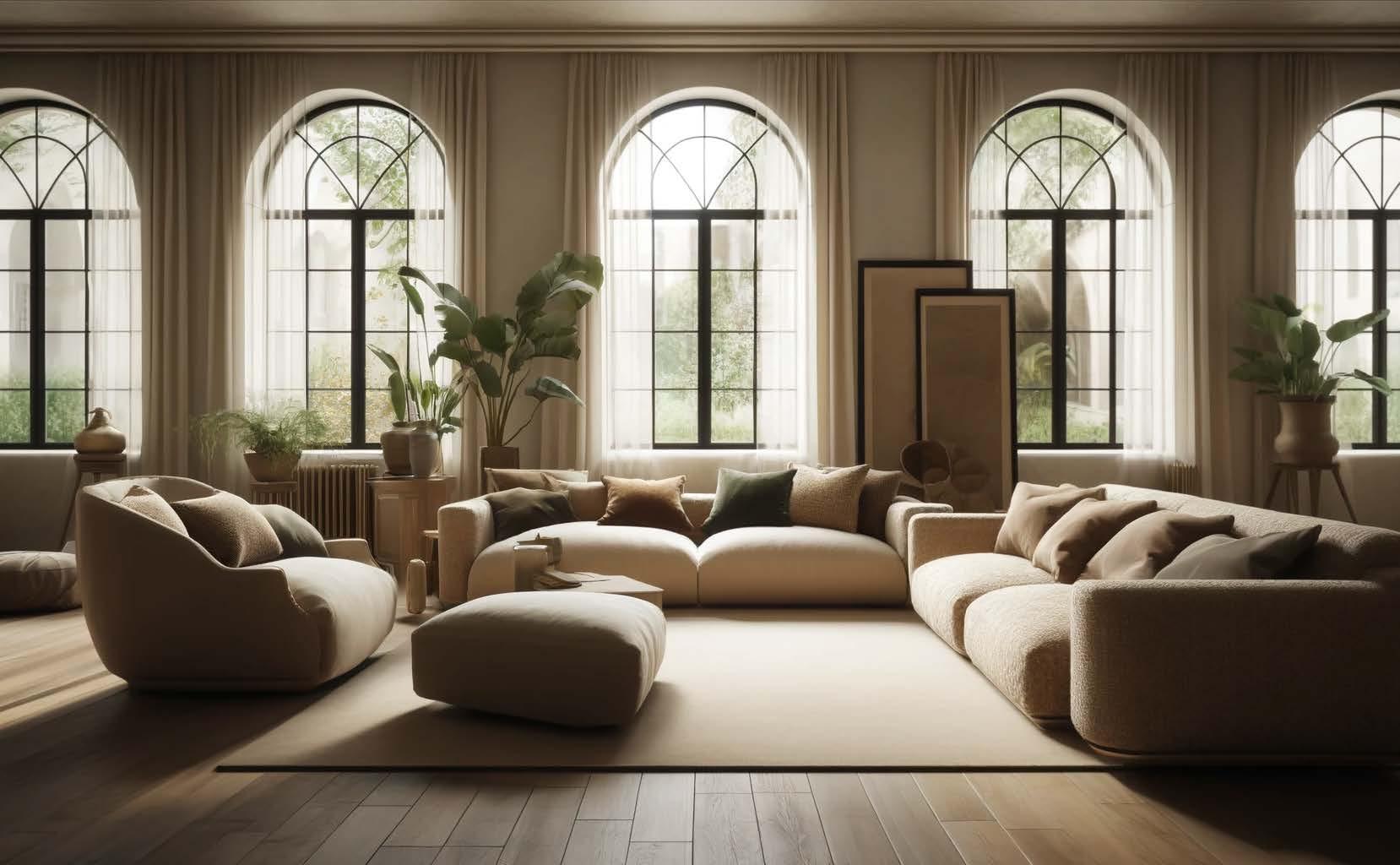
Full Name
Design Portfolio

PROJECT NAME
Type
Role
Olor aut odisqui debis magnim audisci psapit imolum etur omnis erroviduntRem harum im enis aliquis adisquid
Project Brief
Olor erroviduntRem harum im enis aliquis adisquid exerum aces aciis auta dolo occae vit, acit et omni omnihic aborrum eaque qui blat eum ius nimillant quaspitatent ini conseque exped qui con reped et aut
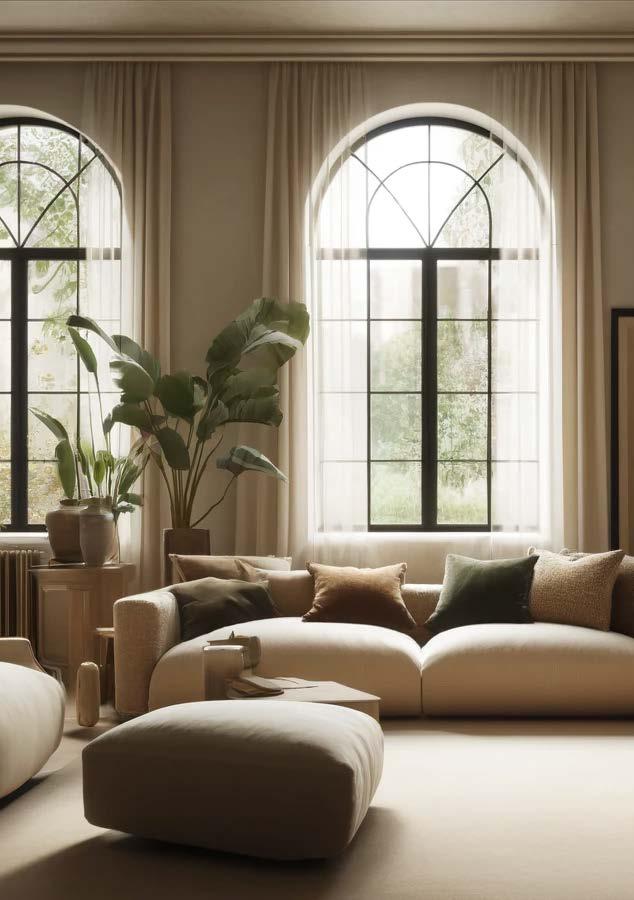
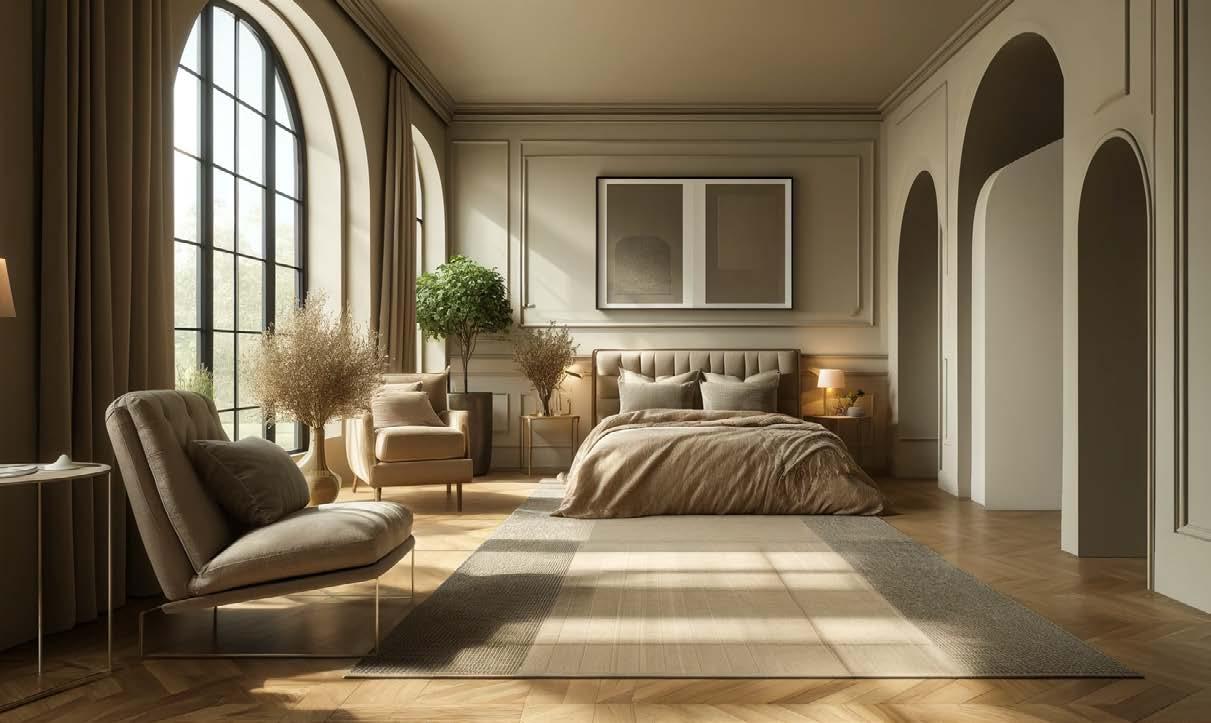
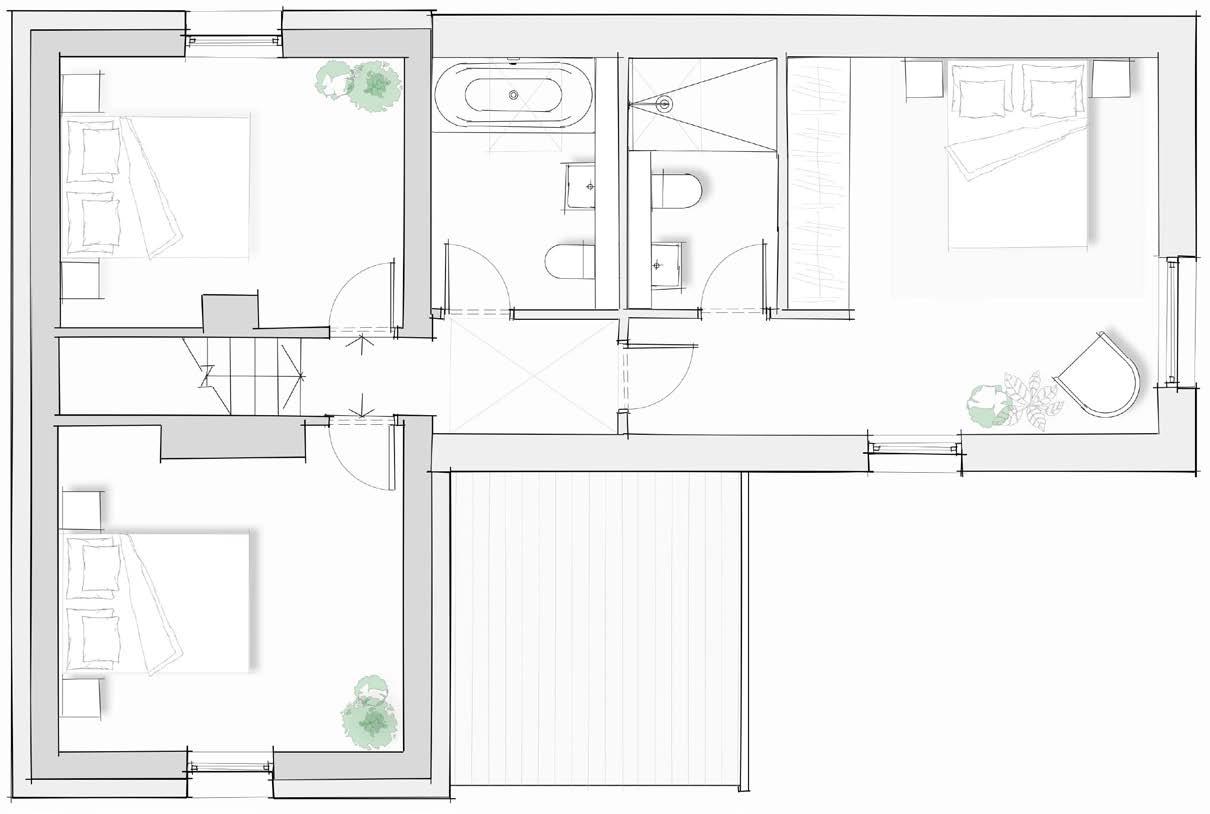


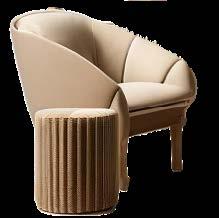

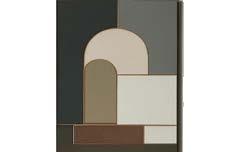
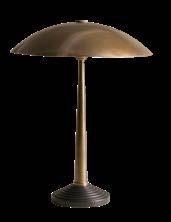



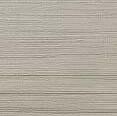

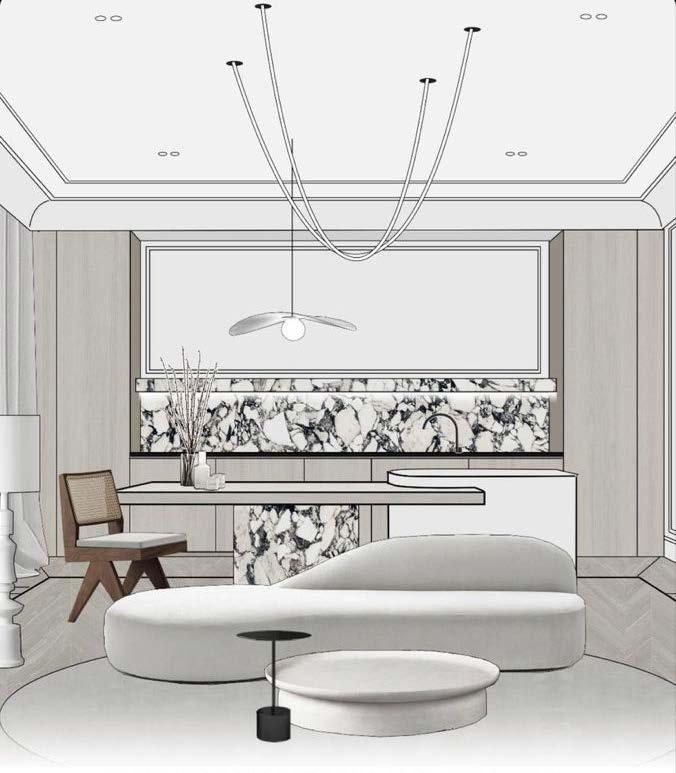
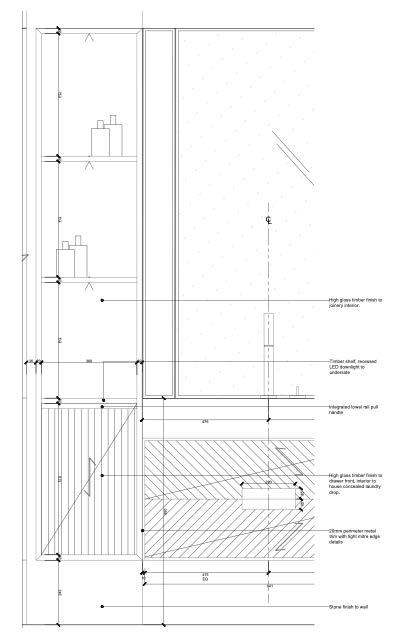
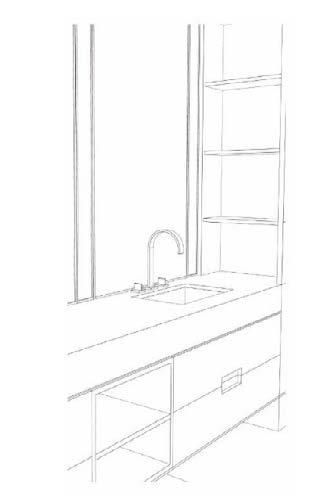
PROJECT NAME
Type
Role
Olor aut odisqui debis magnim audisci psapit imolum etur omnis erroviduntRem harum im enis aliquis adisquid
Project Brief
Olor erroviduntRem harum im enis aliquis adisquid exerum aces aciis auta dolo occae vit, acit et omni omnihic aborrum eaque qui blat eum ius nimillant quaspitatent ini conseque exped qui con reped et aut

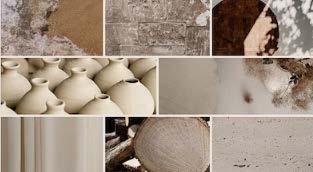
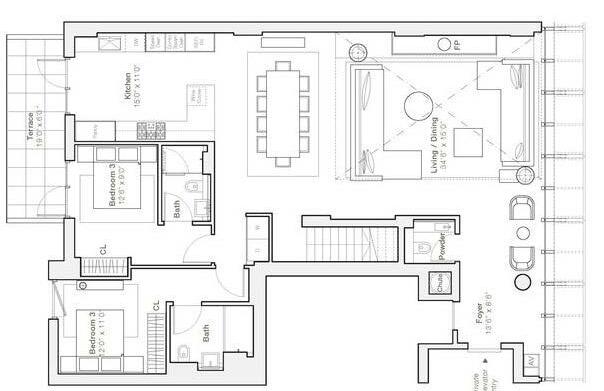
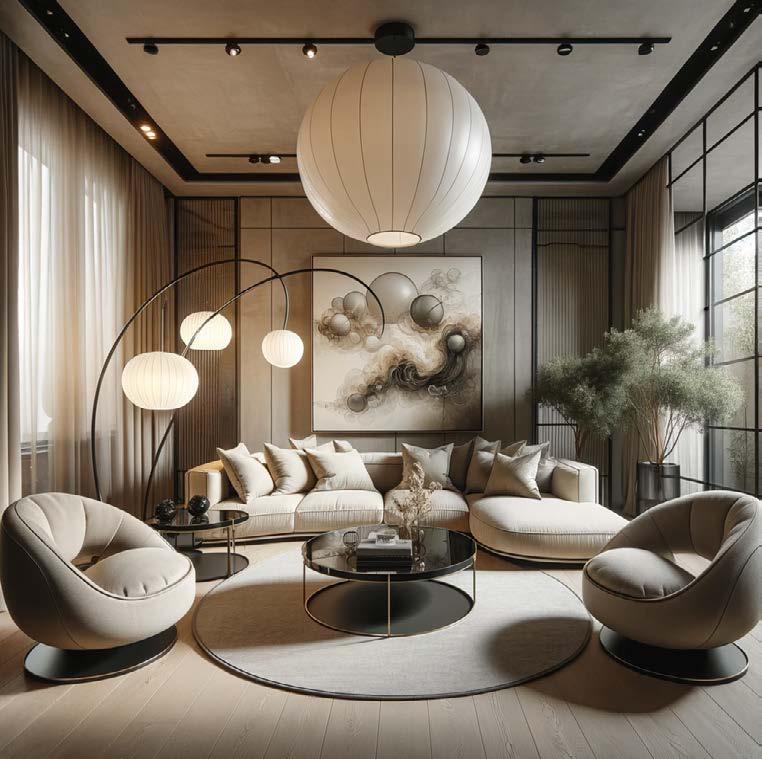
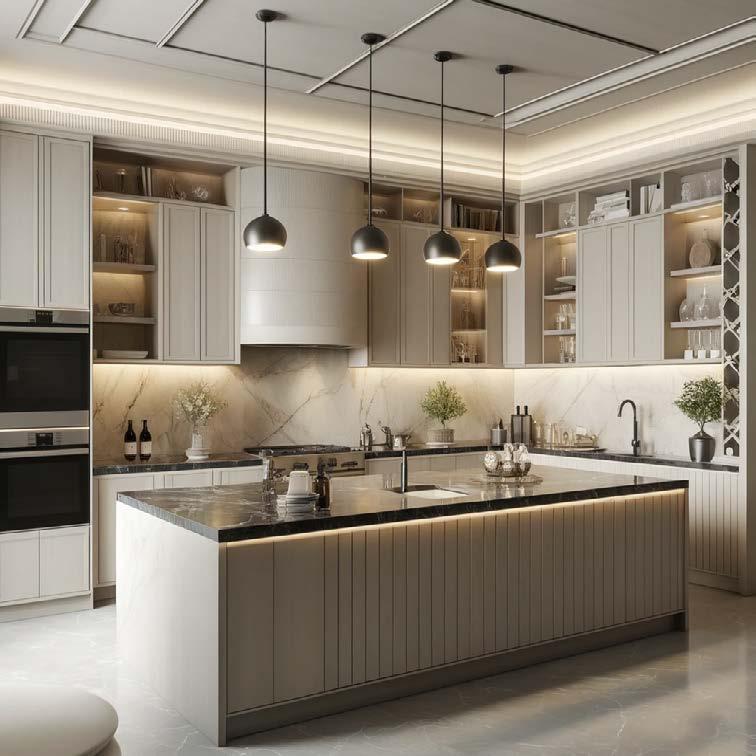
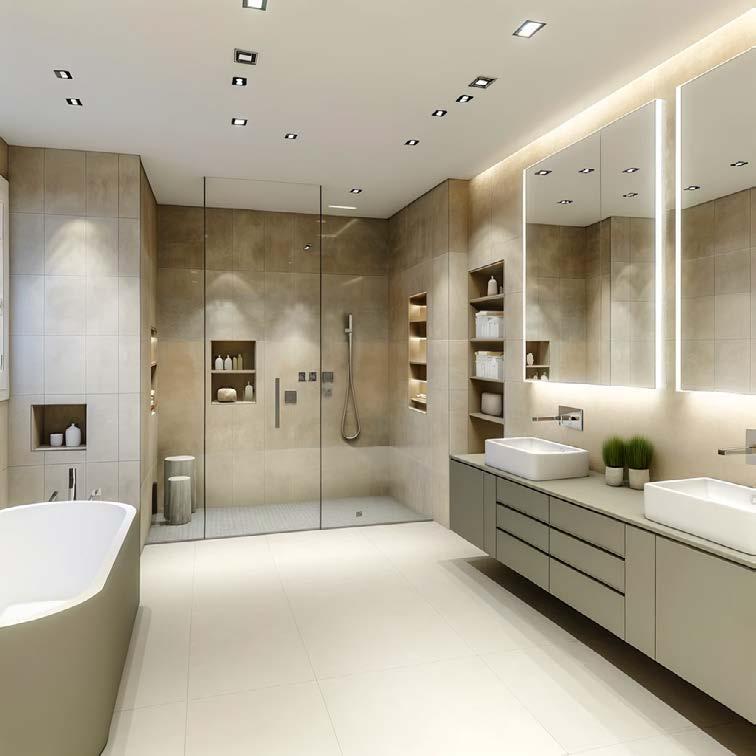
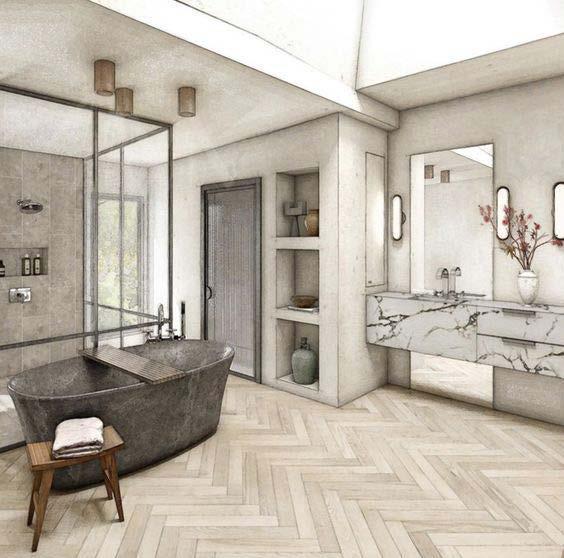
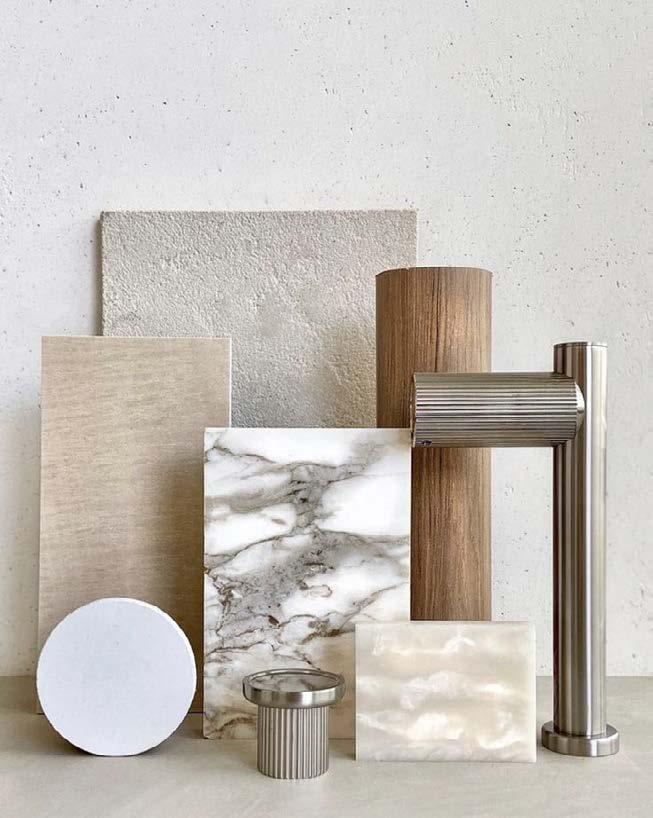

The Final Checklist
Clarity and Conciseness:
Is your portfolio clean, concise, and easy to understand? Does it present your work in a straightforward manner?
White Space:
Is there su cient white space to enhance readability and aesthetics?
Project Transitions:
Are there clear breaks and transitions between di erent projects?
Visual Appeal:
Is your portfolio visually attractive, capturing the essence of your work?
Logical Structure:
Does it follow a logical structure that guides the reader through your most relevant projects and grabbing their attention from the start?
Consistency:
Is formatting, including font and layout, consistent throughout the portfolio?
Project Selection:
Does your portfolio include only your best and most relevant projects and skills?
Image and Drawing Quality:
Are all images and drawings of excellent quality and resolution?
Language and Style:
Have you thoroughly checked for spelling and grammar errors?
Project Information:
Does each project have succinct text that includes, at a minimum, project brief/type, scope, and your responsibilities/involvement?
Cover and Contact Page:
Have you included a professional cover page and a final thank you/ contact page?
Page Count:
Is your portfolio within the recommended range of 10 to 30 pages?
File Size:
Is the PDF file size 15MB or less for easy sharing and viewing?
Personal Pride:
Do you feel proud of how your portfolio is presented and how it portrays your skills and achievements?


Further Information
To discuss any of the contents of this document or to fnd out more, please get in touch.
t: +44 (0)208 884 1831
e: hello@fatrecruitment.co.uk
w: www.fatrecruitment.co.uk Follow Us
